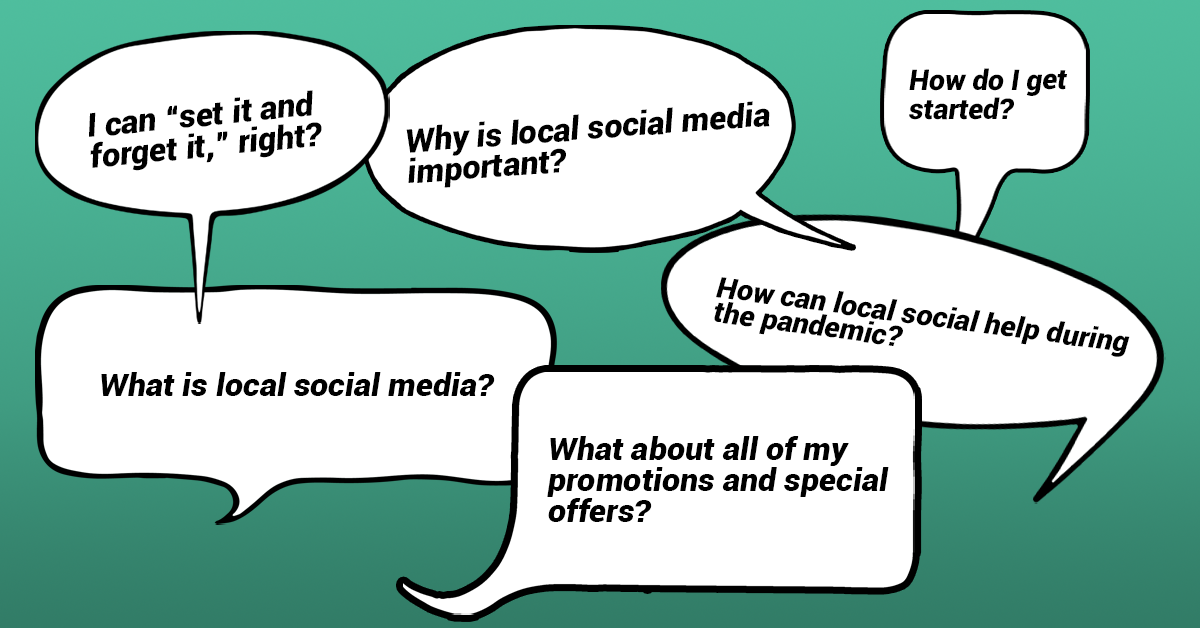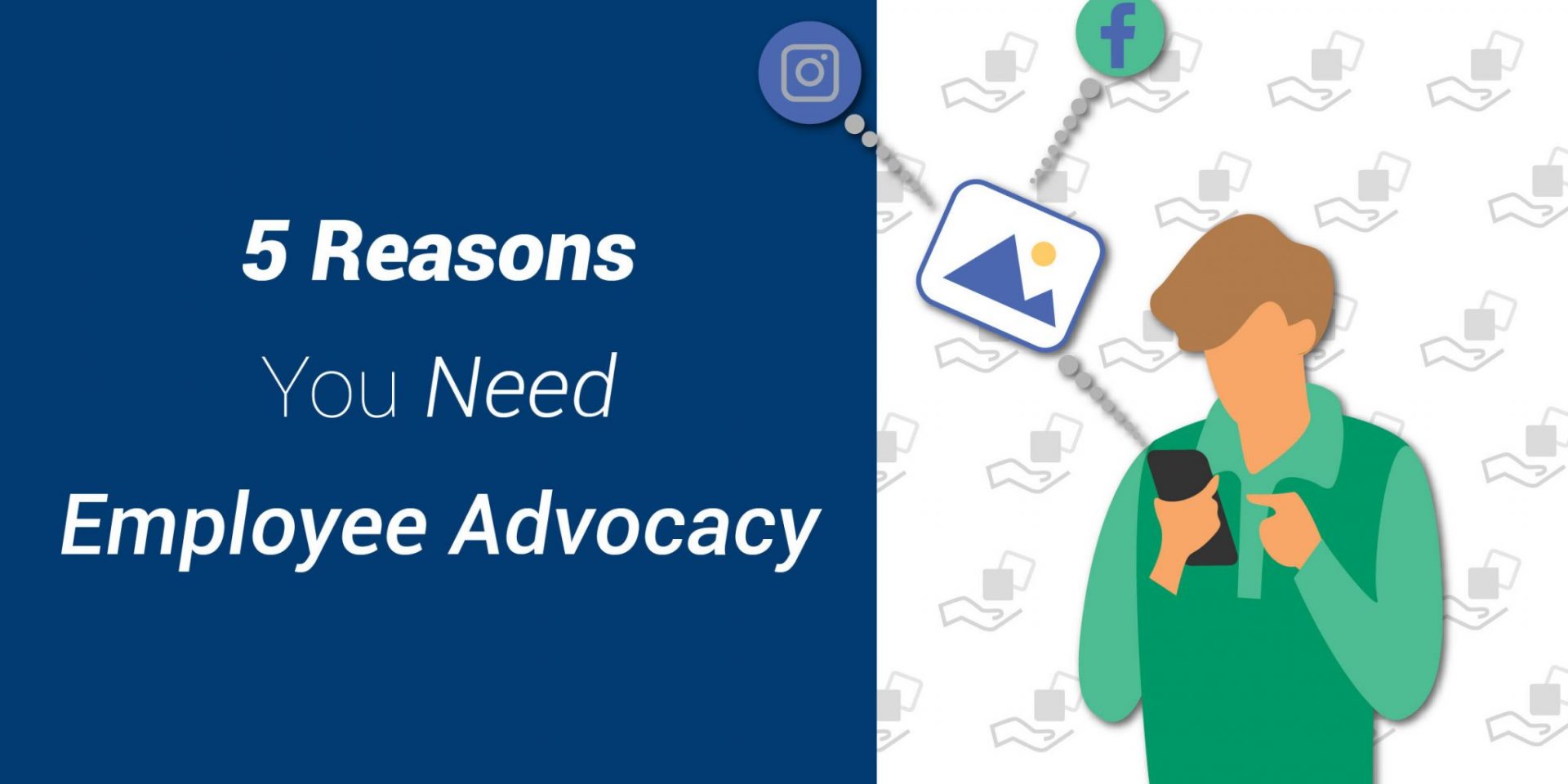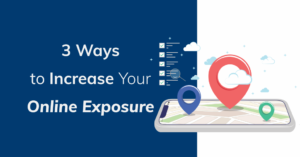In case you missed it, Facebook ad targeting has changed.
On January 19, 2022, Meta began scaling back certain Facebook ad targeting options related to potentially sensitive topics, such as health causes, sexual orientation, religious practices and groups, and political or social beliefs.
The change comes amid rising concern with ad targeting that identifies people based on specific characteristics, such as health conditions, social causes or demographics. This means your ability to target people with hyper-precision is going to be somewhat limited moving forward.
It’s unclear whether we’ll see additional limitations to Facebook ad targeting in the future or if other social platforms, programmatic advertisers and search-ad providers will follow suit. Our best advice is to prepare for anything — especially because the targeting changes speak to broader privacy concerns that we’re seeing across the web and apps. In iOs alone, people now have the option to ask apps not to track their activity across the web.
The changes do not mean the end of targeting altogether, however. You can still make use of other Facebook targeting options that don’t rely on detailed targeting. Below, we’ve outlined some of these options to help you identify ways to tweak your campaigns based on the new ad-targeting parameters.
Broad Targeting
Keep your targeting broad by including gender, age and location in your targeting. Facebook will then work to show your ad to people who fall within these parameters.
Custom Audiences
Use other sources, such as customer lists, website or app traffic, or engagement on Facebook to create custom audiences of people who are already familiar with your business.
Lookalike Audiences or Lookalike Expansion
A lookalike audience is created from an existing audience and can help to optimize your reach. There’s also lookalike expansion, which allows Facebook to deliver ads beyond the standard “lookalike” range if there’s an opportunity to improve ad performance.
You can learn more about Facebook ad targeting options and how to review and edit your affected ad sets in this article.
Why You Need Local Content
In order to keep up with the changes and navigate around Facebook ad targeting limitations, businesses need to make sure their pages are filled with engaging, local content that makes people want to interact with your posts by liking, sharing and commenting on them.

As noted in this FAQ article:
“The key element that makes local social media, well, local, is that it shows the real side of your business. These posts are usually snapshots of the owners, employees, customers, product recommendations, how-tos, and other authentic-feeling images and videos.
It’s the difference between a post with a stock photo or a sales graphic versus a real photo or a video of a team member. When you see it, it’s instantly more relatable and engaging than something that feels like you’re being sold to.”
Why Is Local Social Media Important?
The nature of social media is that these are fundamentally social platforms. Your followers come to social media to engage with their communities and the brands they love.
Getting to the point where a follower loves your brand takes time. They don’t follow your page and fall in love with you overnight. There’s a courting process, and you’ll need to do the work to take people from “follower” to “fan.”
With local social media, you’re better able to build a relationship with your audience. As you entertain, inform and inspire your audience with local posts, they’ll slowly gain trust and confidence in you. And with that trust comes engagement.
Related: 5 Big Reasons You Need an Employee Advocacy Program

Lean on Employee Advocates
Additionally, with the recent shifts toward consumer privacy, employee advocacy will become even more important. The changes to Facebook and Apple targeting mean it’s more challenging to reach consumers with ads or tracking alone. With their ability to target consumers curtailed, brands will need to rely more heavily on employee advocacy to get their messages heard.
Employee advocacy posts will generate more organic reach and expand your network faster than you posting alone. Social Media Today reports that content shared by employees receives eight times the engagement of content shared on brand channels.
Consider the difference between a friend of yours sharing something about their company, versus a company sharing something about itself. You’re probably going to be more interested in what your friend has to say, right? That’s the power of employee advocacy. Not only are you able to crowdsource your social media, alleviating some of the burden of posting, but you also get greater exposure. Win-win.
If you have more questions about Facebook ad targeting, we’re always happy to help. Head over to rallio.com to explore our solutions or contact us today.

